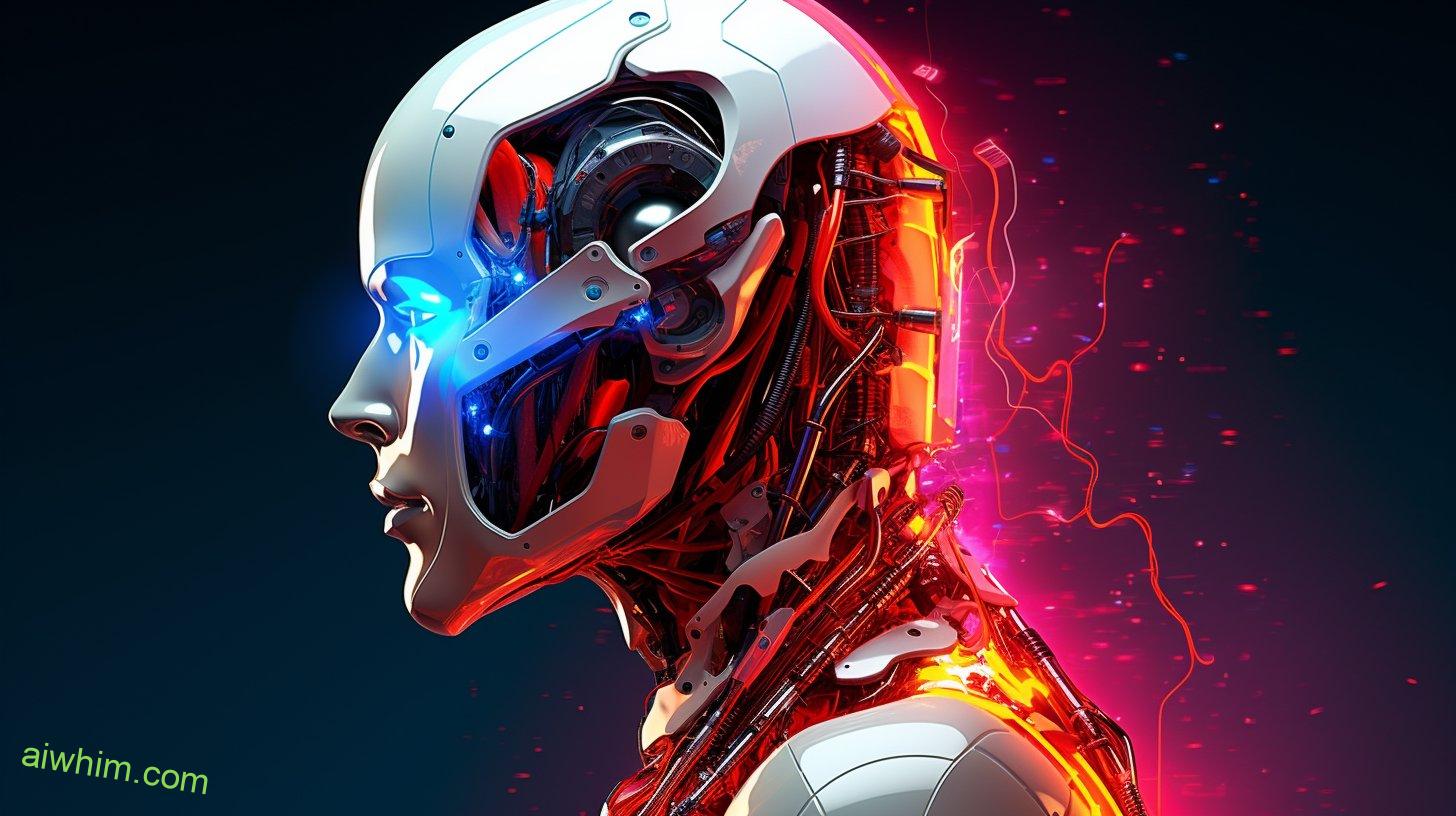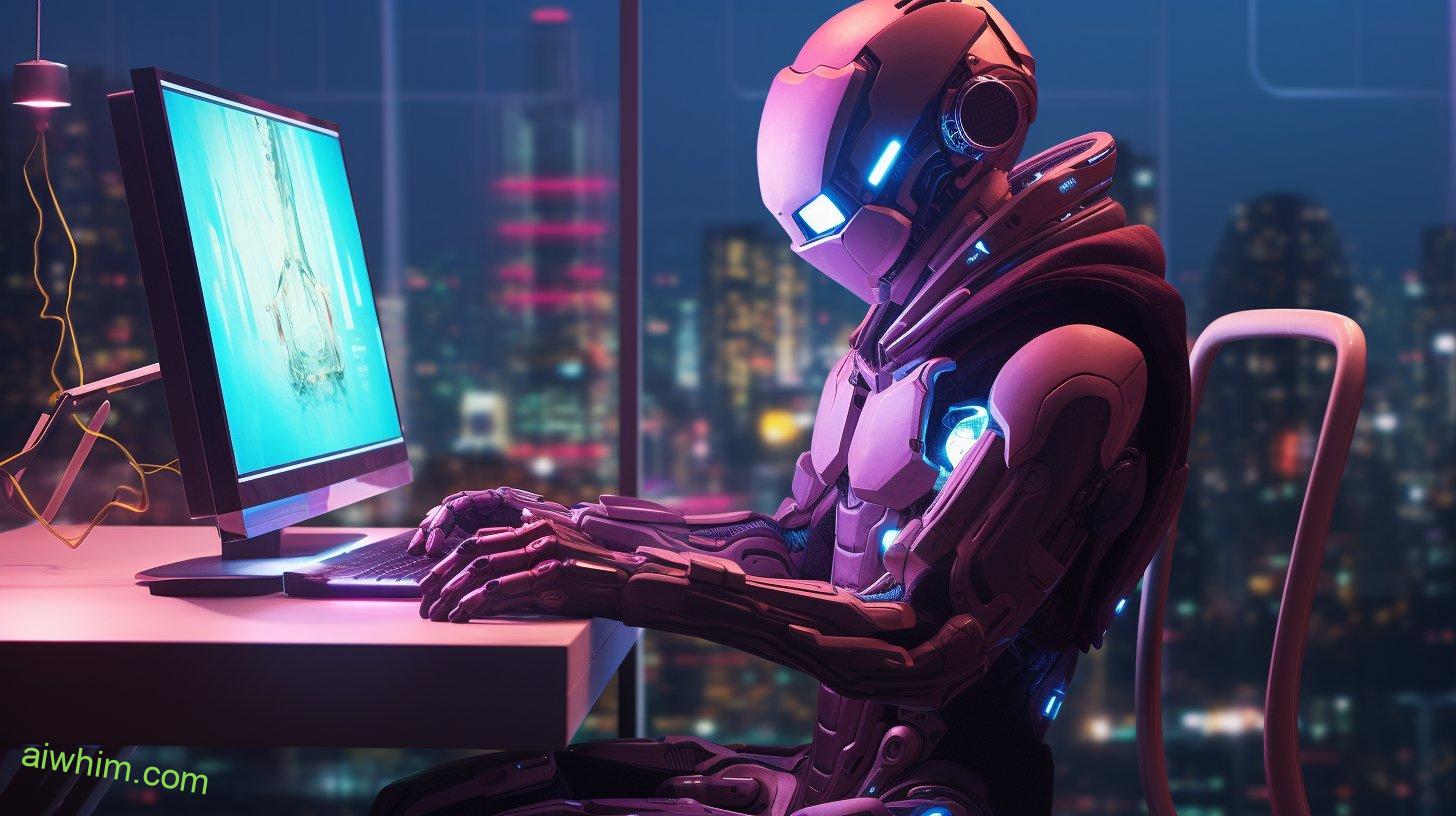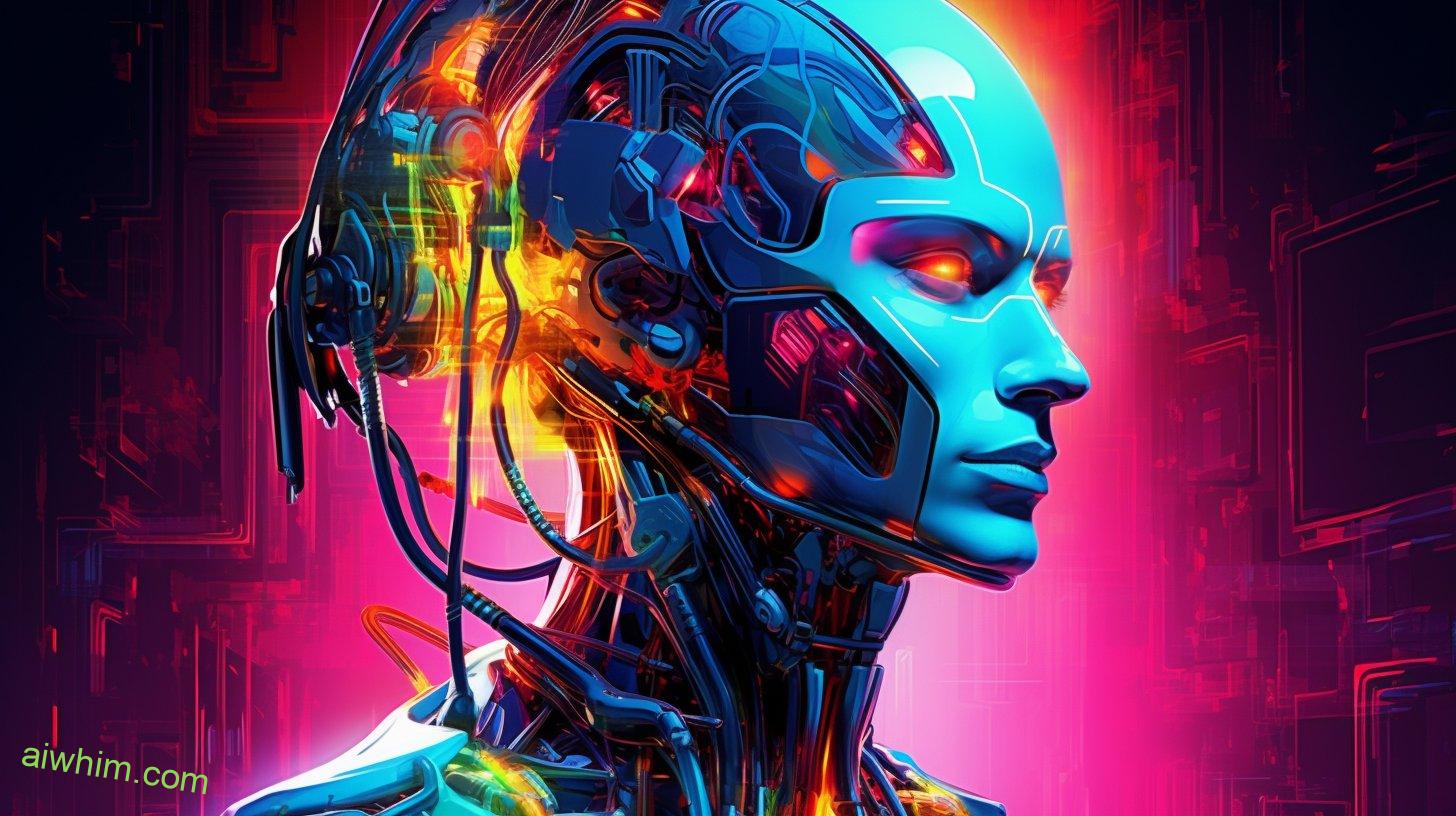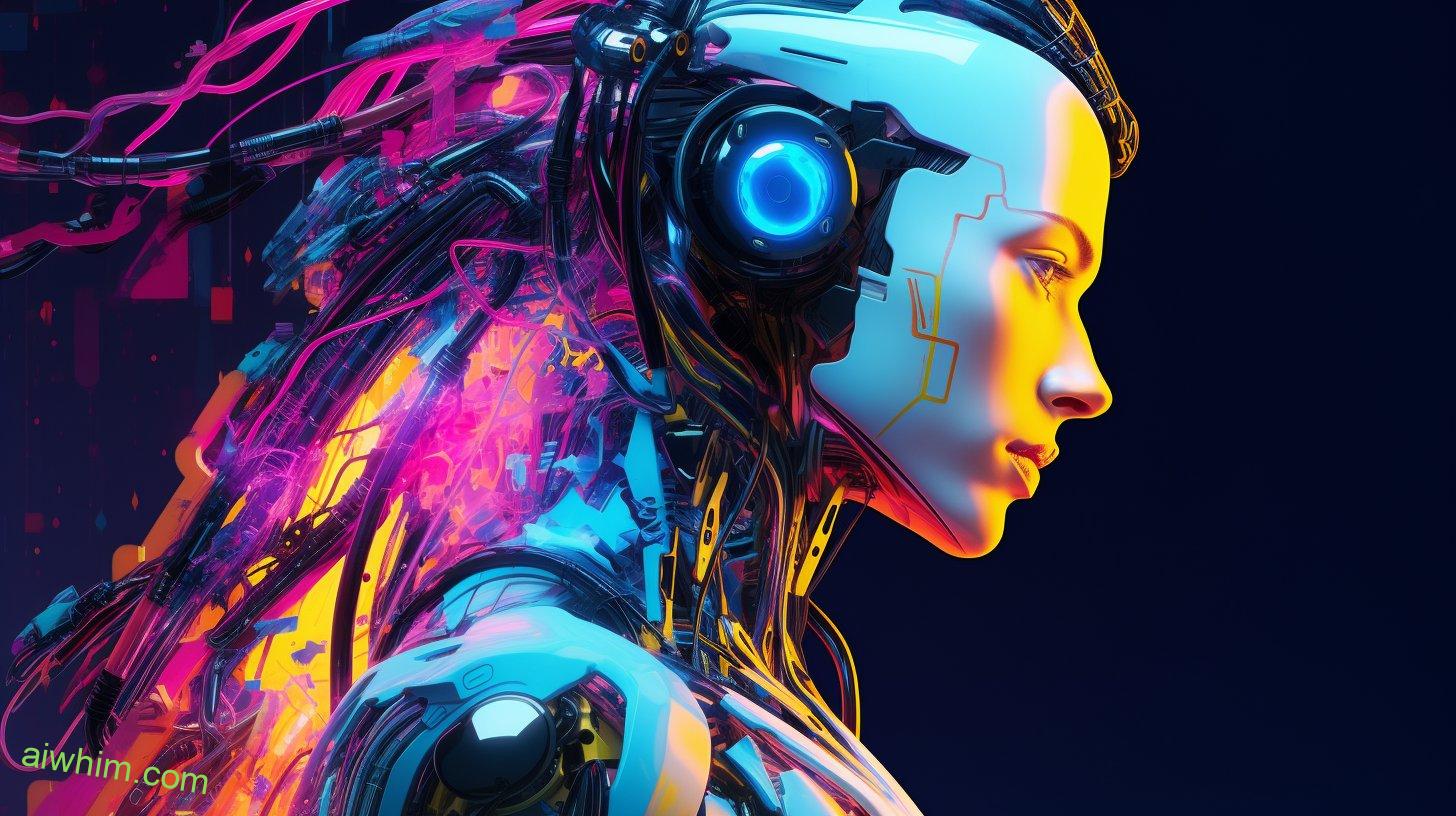In an age of technological advancements, the role of correctional officers and jailers seems to be experiencing some interesting shifts. With the increasing implementation of artificial intelligence (AI) in the criminal justice system, the demand for these positions may be entering a state of flux.
As you embark on this exploration, it becomes clear that the emergence of AI technology has the potential to automate certain tasks traditionally performed by correctional officers. However, it also opens up new possibilities for AI to augment their roles.
The implications for the future demand of these professionals are uncertain, but the conversation surrounding training, reskilling, and ethical considerations in using AI within correctional facilities is gaining momentum.
As we delve further into this topic, it becomes evident that the potential job displacement and reemployment challenges are inextricably tied to the delicate balance between AI and human presence in the realm of corrections.
Key Takeaways
- AI technology is being increasingly utilized in the criminal justice system to automate tasks and improve efficiency.
- The potential automation and augmentation of correctional officer roles through AI can assist in monitoring inmate behavior and enhancing safety measures.
- Ethical considerations arise regarding biased data, privacy rights, and potential unjust outcomes due to AI algorithms.
- The integration of AI technology in correctional facilities may decrease the demand for human personnel, leading to potential job displacement and reemployment challenges for correctional officers and jailers.

Current State of Correctional Officers and Jailers
The current state of correctional officers and jailers is undergoing significant changes due to the impact of AI technology. Technological advancements have the potential to bring about both challenges and opportunities for those in this field.
On one hand, the introduction of AI can automate certain tasks, leading to the potential for job loss. However, on the other hand, it also opens up new avenues for career growth and development.
With AI technology, there’s the potential for increased efficiency and productivity within correctional facilities. Automated systems can streamline administrative tasks, such as record-keeping and data management, allowing correctional officers and jailers to focus more on their core responsibilities. This can lead to a more effective and secure environment within correctional facilities.
Moreover, AI can enhance safety and security measures within correctional facilities. Advanced surveillance systems equipped with facial recognition technology can help identify potential threats and prevent escapes. Additionally, AI-powered algorithms can analyze inmate behavior patterns and detect potential acts of violence or unrest, allowing officers to intervene before incidents occur.
While some may fear that AI will replace human correctional officers and jailers, it’s important to recognize that technology can’t fully replace the human element in this field. The ability to exercise judgment, empathy, and critical thinking are crucial in managing complex situations and maintaining order within correctional facilities.

The Rise of Artificial Intelligence in the Criminal Justice System
Artificial intelligence is revolutionizing the criminal justice system, transforming the way tasks are performed and decisions are made. The automation of criminal justice through AI has the potential to streamline processes and increase efficiency within law enforcement agencies. One of the key benefits of AI in law enforcement is its ability to automate routine tasks, such as data analysis and evidence processing. This allows law enforcement officers to focus their efforts on more complex and strategic aspects of their work. AI algorithms can quickly analyze vast amounts of data, identifying patterns and trends that may not be immediately apparent to human officers. This can lead to more effective crime prevention and detection.
However, the use of AI in law enforcement raises important ethical questions. The algorithms used in AI systems are only as unbiased as the data they’re trained on. If the data used to train these algorithms is biased or reflects existing systemic inequalities, it can perpetuate those biases in decision-making processes. This could result in unjust outcomes and further marginalize vulnerable communities.
Additionally, concerns about privacy and surveillance arise with the increasing use of AI in law enforcement. As AI systems collect and analyze massive amounts of data, there’s a risk of infringing on individuals’ privacy rights. Striking the right balance between utilizing AI to enhance public safety and protecting individuals’ civil liberties is crucial.

Potential Automation of Correctional Officer Tasks
With the rise of AI in the criminal justice system, the potential automation of correctional officer tasks looms as a significant development in the field. This automation in law enforcement has the potential to bring about both benefits and concerns for those who desire freedom.
One area where artificial intelligence could play a role is in prisoner rehabilitation. AI technology could be used to develop personalized rehabilitation programs tailored to each inmate’s needs and risks. By analyzing vast amounts of data, AI algorithms could identify patterns and tailor interventions that are more effective in reducing recidivism rates. This could lead to better outcomes for individuals, as well as society as a whole.
However, the potential automation of correctional officer tasks also raises concerns. While AI can assist in certain aspects of prison management, such as monitoring inmate behavior and detecting suspicious activities, it can’t fully replace the human element. Correctional officers play a vital role in maintaining order, responding to emergencies, and providing support to inmates. The presence of human officers is essential for ensuring the safety and well-being of both prisoners and staff.
Moreover, there’s a risk that relying too heavily on AI could result in a dehumanizing prison environment. Incarceration already strips individuals of their freedom, and the absence of human interaction can further exacerbate the isolation and dehumanization experienced by inmates. Human connection, empathy, and understanding are crucial components of rehabilitation, and it’s important to strike a balance between the use of AI and the presence of human officers.
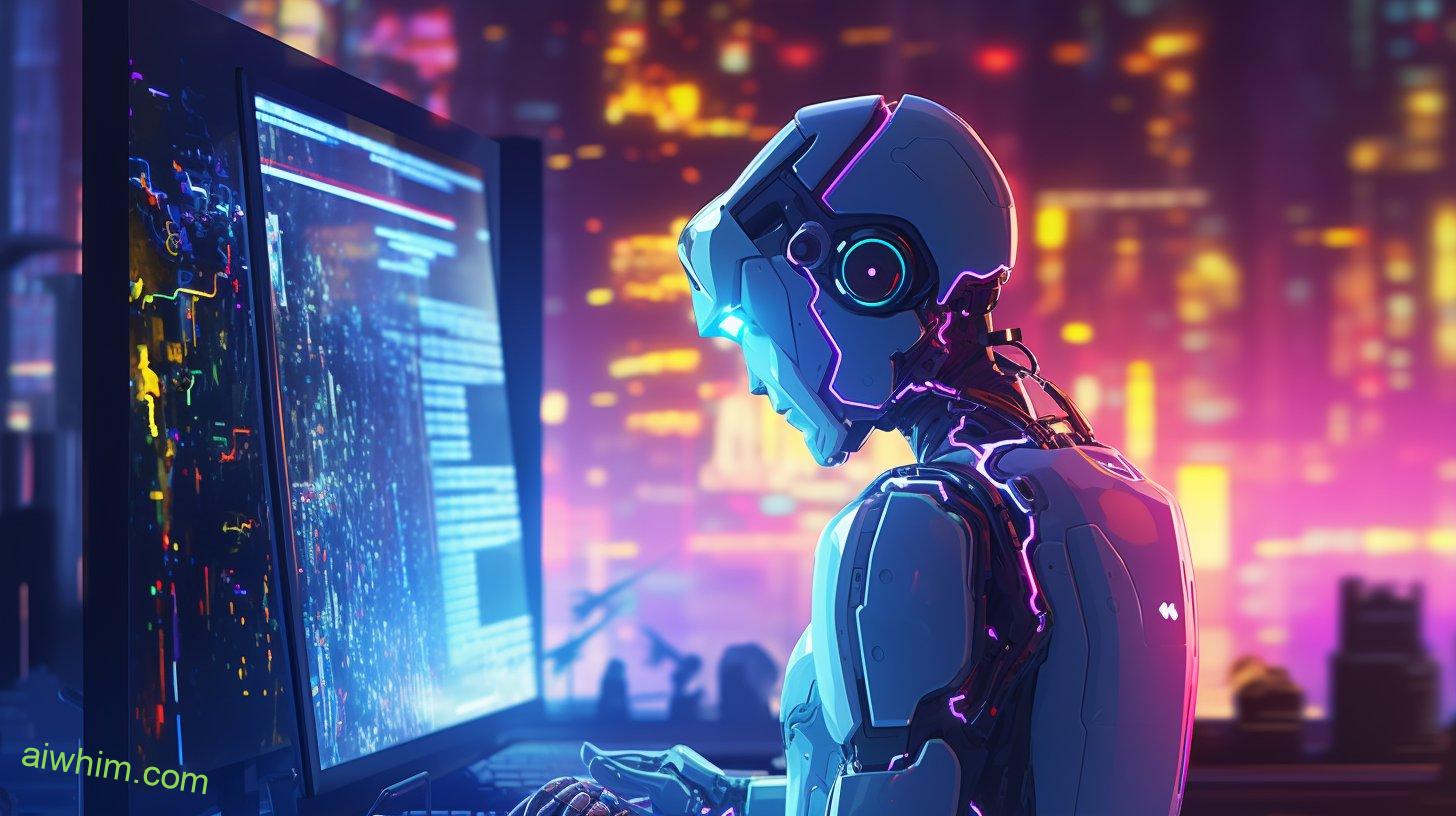
AI Technology Augmenting Correctional Officer Roles
Correctional officers can benefit from the integration of AI technology to enhance their roles and responsibilities. With the automation of certain tasks and the use of AI in inmate management, correctional officers can focus on more critical aspects of their jobs.
Here are three ways AI technology is augmenting correctional officer roles:
- Surveillance and Monitoring: AI-powered surveillance systems can analyze video feeds from security cameras and detect suspicious activities or potential threats. This technology can help correctional officers keep a close eye on inmates and identify any signs of violence, escape attempts, or illegal activities. By automating surveillance, officers can spend less time monitoring screens and more time on direct interaction and intervention when necessary.
- Risk Assessment: AI algorithms can analyze inmate data, including criminal history, behavior patterns, and mental health records, to assess their risk levels. This information can help correctional officers make more informed decisions regarding inmate placement, supervision, and rehabilitation programs. By utilizing AI in risk assessment, officers can better prioritize their efforts and resources.
- Predictive Analytics: AI can analyze vast amounts of data to identify patterns and trends that may indicate potential security threats or inmate conflicts. By predicting such incidents, correctional officers can take preventive measures to maintain a safe and secure environment. This technology can also help in resource planning, ensuring that officers are deployed effectively to areas that need the most attention.
Incorporating AI technology into correctional officer roles can improve overall efficiency, increase safety, and allow officers to focus on tasks that require human judgment and intervention. While automation may change certain aspects of the job, it can ultimately enhance the effectiveness of correctional officers in maintaining order and ensuring the well-being of both inmates and staff.

Implications for the Demand for Correctional Officers and Jailers
The integration of AI technology in correctional facilities is likely to have significant implications for the demand for correctional officers and jailers. As AI continues to advance and automate various tasks within the correctional system, it’s expected to reduce the overall need for human personnel in certain areas. This shift in demand could potentially lead to a decrease in the number of correctional officers and jailers required to be employed in these facilities.
One of the implications of AI technology in the field of corrections is the potential for increased efficiency and cost-effectiveness. With AI systems capable of monitoring inmate behavior, detecting patterns, and predicting potential risks, the need for constant human surveillance may be reduced. This could result in a decreased demand for correctional officers and jailers, as fewer staff members would be required to physically monitor and supervise inmates.
Furthermore, AI technology can also contribute to the streamlining of administrative tasks within correctional facilities. Automated systems can handle tasks such as inmate record management, scheduling, and resource allocation, reducing the need for manual labor. This could lead to a decreased demand for correctional officers and jailers in administrative roles.
However, it’s important to note that while AI technology can enhance certain aspects of correctional operations, it can’t entirely replace human presence and judgment. The role of correctional officers and jailers in maintaining order, ensuring safety, and managing conflicts will remain crucial. Therefore, while the demand for correctional officers and jailers may decrease in certain areas, there will still be a need for skilled personnel to handle critical situations that require human intervention.

Advantages and Disadvantages of AI in Corrections
As AI technology continues to evolve, it brings both advantages and disadvantages to the field of corrections. While there are benefits to incorporating AI into the correctional system, there are also potential drawbacks that need to be considered.
Advantages of AI in Corrections:
- Efficiency: AI can streamline administrative tasks and data management, allowing correctional facilities to operate more efficiently. This can free up time for correctional officers to focus on more critical tasks, such as maintaining security and ensuring inmate safety.
- Risk reduction: AI algorithms can analyze large amounts of data to identify patterns and predict potential security risks or behavioral issues. By detecting early warning signs, AI can help prevent incidents and improve overall safety within correctional facilities.
- Cost savings: Implementing AI technologies can potentially lead to cost savings for correctional institutions. By automating certain tasks, such as inmate monitoring or record-keeping, fewer resources may be required, resulting in reduced operational expenses.
Disadvantages of AI in Corrections:
- Lack of human judgment: AI systems are based on algorithms and data, which means they may not always take into account the unique circumstances or individual needs of inmates. This can result in decisions that aren’t always fair or just.
- Privacy concerns: AI technologies often involve the collection and analysis of vast amounts of personal data. This raises concerns about privacy and the potential misuse of sensitive information.
- Technical limitations: AI systems aren’t infallible and can make mistakes. Relying too heavily on AI technologies without human oversight or intervention can lead to errors that may have serious consequences within the correctional system.
While AI has the potential to enhance the corrections field in many ways, it’s important to carefully consider both the advantages and disadvantages before fully implementing these technologies. Striking the right balance between automation and human judgment is crucial to ensure the fair and effective operation of correctional facilities.
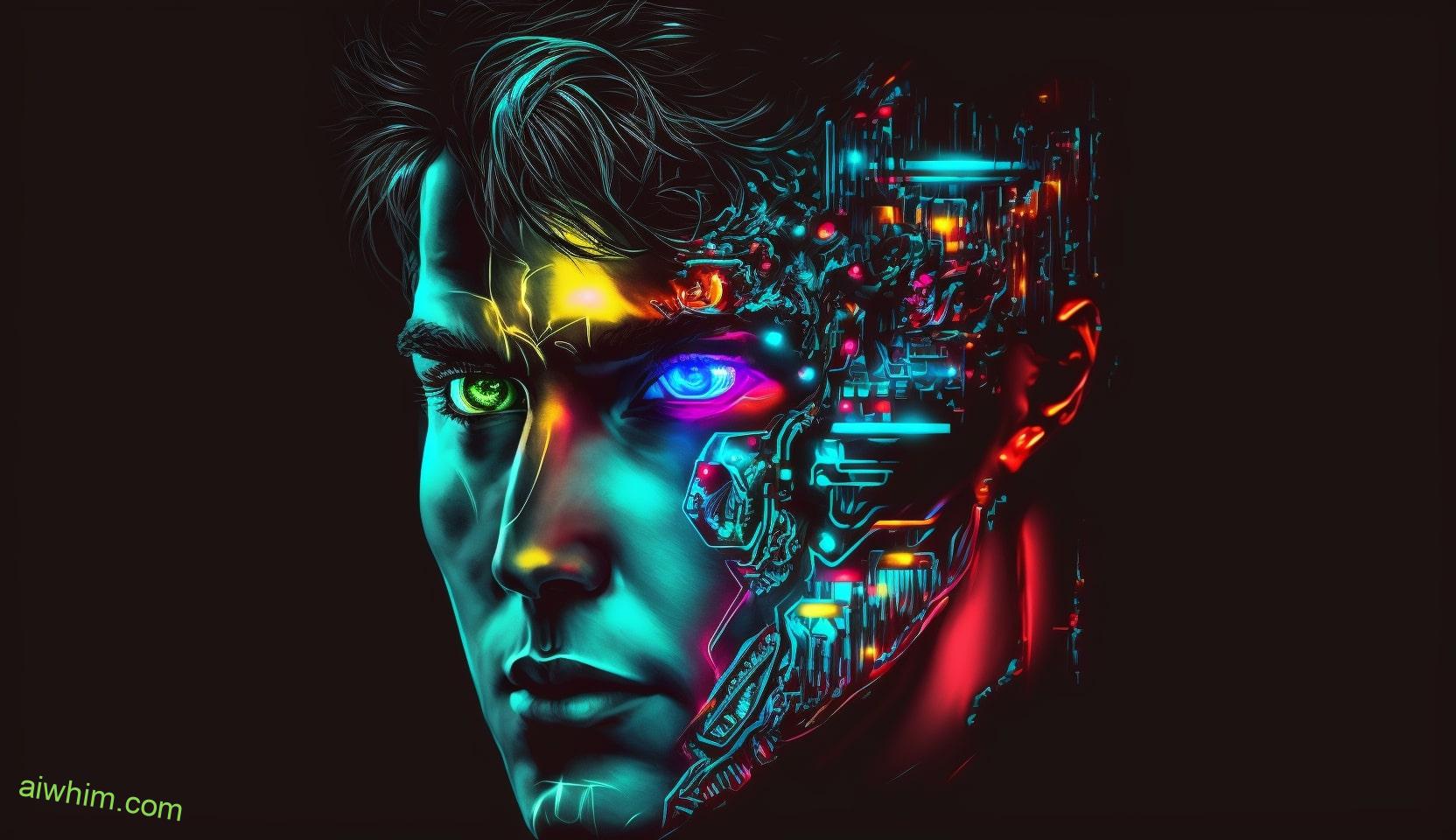
Training and Reskilling Opportunities for Correctional Officers
After considering the advantages and disadvantages of AI in corrections, it’s important to explore the training and reskilling opportunities available for correctional officers. With the evolving landscape of technology in the criminal justice system, it’s crucial for officers to stay updated and equipped with the necessary skills to effectively carry out their duties.
To address these needs, various retraining programs have been implemented to help correctional officers adapt to the changes brought about by AI. These programs aim to provide officers with the knowledge and skills required to work alongside AI systems, ensuring that they can effectively utilize the technology to enhance their job performance.
These retraining programs cover a wide range of topics, including AI fundamentals, data analysis, and digital literacy. By equipping officers with these skills, they can better understand and navigate the complexities of AI systems, ensuring that they can effectively utilize the technology to enhance their job performance.
Moreover, these programs also emphasize the importance of human judgment and decision-making in conjunction with AI systems. Correctional officers are trained to critically analyze the outputs and recommendations provided by AI systems, ensuring that they maintain control and oversight over the decision-making process.
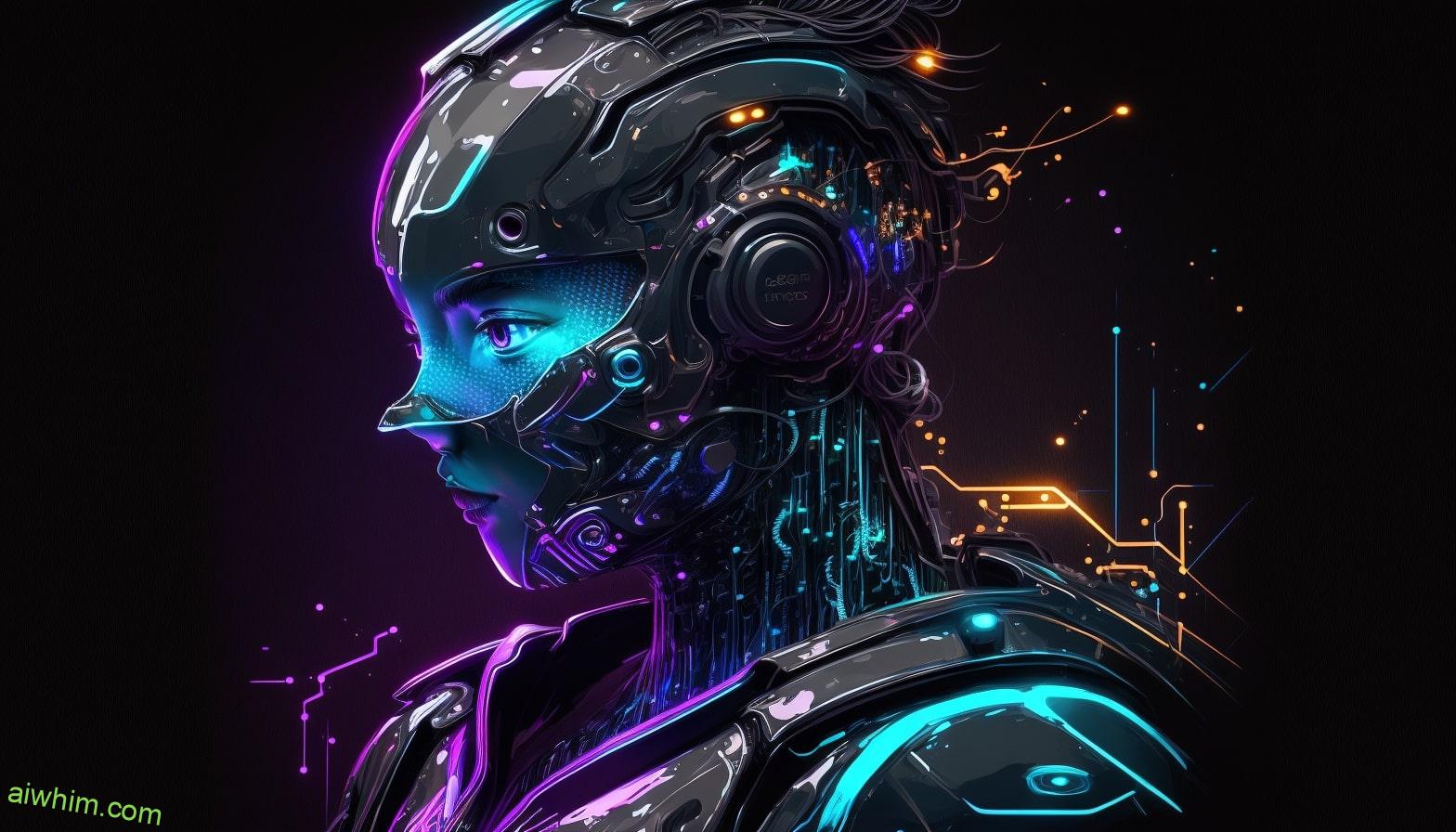
Ethical Considerations in Using AI in Correctional Facilities
When implementing AI in correctional facilities, it’s crucial to carefully consider the ethical implications. As technology advances and automation potential increases, it becomes necessary to evaluate how AI can be ethically integrated into the criminal justice system. Here are three key ethical considerations to keep in mind:
- Transparency and Accountability: AI systems used in correctional facilities should be transparent in their decision-making processes. It’s essential to understand how algorithms are trained, what data is used, and how biases are addressed. Transparency ensures that decisions made by AI are fair and just. Additionally, accountability measures should be in place to hold AI systems and their creators responsible for any errors or biases that may arise.
- Privacy and Data Security: The use of AI in correctional facilities requires the collection and analysis of vast amounts of personal data. It’s vital to protect the privacy and security of this data to prevent misuse or unauthorized access. Strict protocols and safeguards should be implemented to ensure that sensitive information is handled responsibly and in compliance with legal and ethical standards.
- Human Oversight and Intervention: While AI can enhance efficiency and accuracy, it shouldn’t replace human judgment and decision-making entirely. Human oversight is essential to ensure that AI systems are functioning correctly and to intervene when necessary. It’s crucial to strike a balance between the capabilities of AI and the expertise and compassion of human correctional officers.
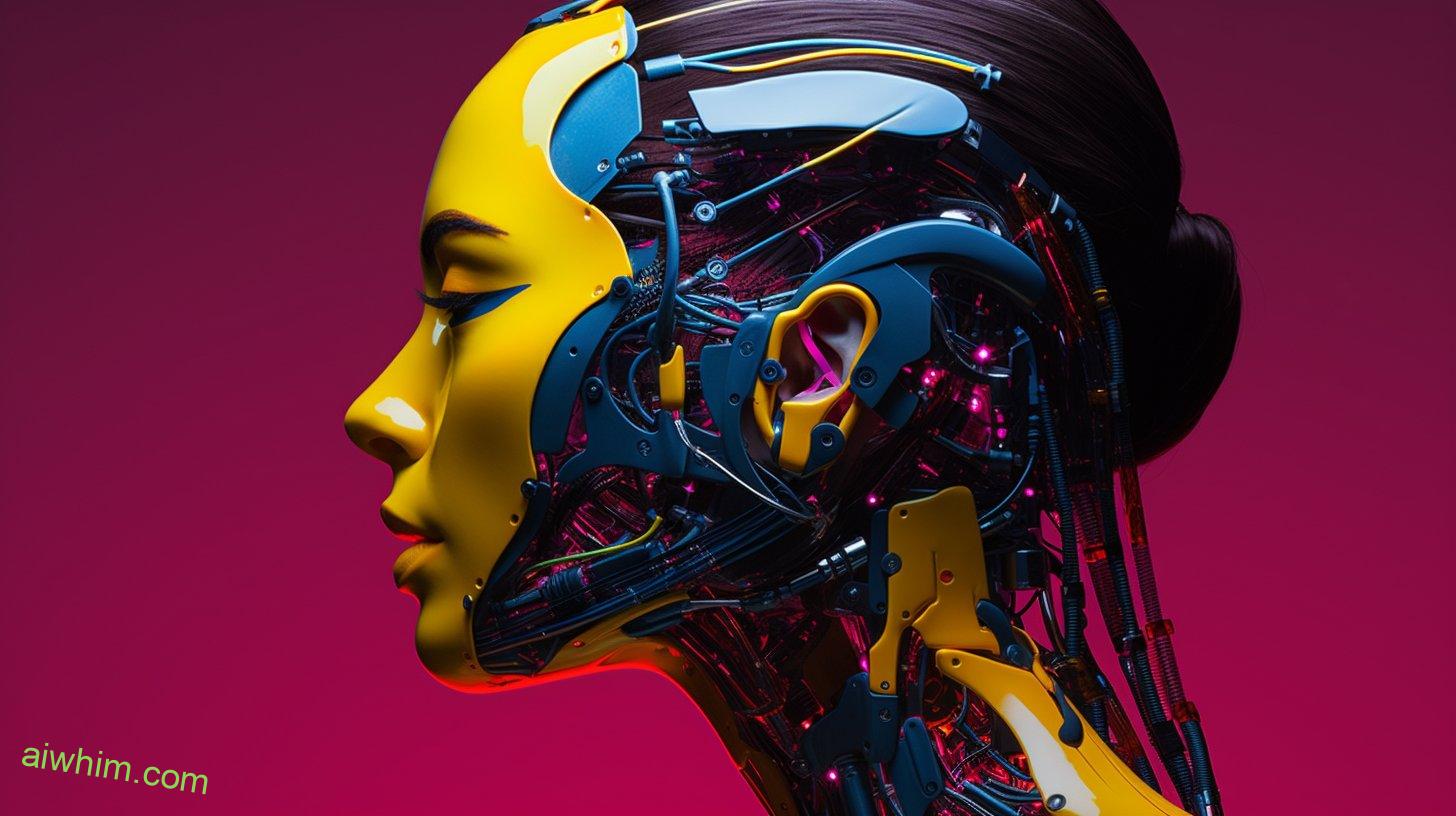
Potential Job Displacement and Reemployment Challenges
One major concern of implementing AI in correctional facilities is the potential for job displacement and the challenges that may arise in reemployment. As technology continues to advance, there’s a growing fear that AI systems will replace human workers, leading to unemployment and economic hardships.
In the case of correctional officers and jailers, the introduction of AI could result in a significant reduction in their numbers, as AI systems can perform certain tasks more efficiently and cost-effectively.
Job displacement is a real possibility as AI systems become more prevalent in correctional facilities. Tasks such as monitoring surveillance cameras, analyzing inmate data, and even conducting routine patrols could be taken over by AI-powered machines. This could lead to a decline in the demand for human correctional officers and jailers, potentially leaving many individuals without a job.
Reemployment challenges may also arise for those who are displaced by AI. The skills and experience of correctional officers and jailers may not easily transfer to other industries, making it difficult for them to find alternative employment. Additionally, the rapid advancement of AI technology may require workers to continually update their skills and knowledge to remain competitive in the job market.
To address these challenges, it’s crucial for correctional officers and jailers to adapt and acquire new skills that are in demand in the AI-driven job market. This may involve pursuing further education or training in fields such as data analysis, programming, or cybersecurity. The government and correctional facilities should also provide support and resources to assist displaced workers in transitioning to new career paths or industries.
While AI has the potential to improve efficiency and effectiveness in correctional facilities, it’s essential to consider the potential job displacement and reemployment challenges that may arise. By proactively addressing these concerns, we can ensure a smooth transition and minimize the negative impact on individuals and communities.

Future Outlook: Balancing AI and Human Presence in Corrections
To navigate the future of corrections, finding the right balance between AI systems and human presence is crucial. As technology continues to advance, it’s important to consider how AI can be effectively integrated into correctional facilities while still maintaining human supervision and optimizing security measures. Here are three key points to consider:
- Enhancing Security: AI systems can play a significant role in enhancing security measures within correctional facilities. Through the use of surveillance cameras, facial recognition technology, and predictive analytics, AI can help identify potential security threats and prevent incidents from occurring. However, it’s important to remember that these systems shouldn’t replace human supervision entirely. Human presence is essential in assessing situations, making judgment calls, and maintaining order within the facility.
- Improving Efficiency: AI can also contribute to improving the efficiency of correctional facilities. Automated systems can streamline administrative tasks, such as inmate management and record keeping, freeing up time for correctional officers to focus on more critical aspects of their work. By implementing AI in these areas, human resources can be utilized more effectively, ultimately leading to a more efficient and productive correctional system.
- Ensuring Human Rights: While AI systems can provide valuable support, it’s crucial to ensure that they’re designed and implemented in a way that respects and upholds human rights. Balancing human supervision with AI technology is essential to maintain accountability and prevent any potential abuses of power. Human presence is necessary to handle complex situations, exercise compassion, and make fair and just decisions.

Frequently Asked Questions
How Does the Current State of Correctional Officers and Jailers Impact the Demand for Their Roles?
How does the current state of correctional officers and jailers impact the demand for their roles? The impact on the job market is uncertain, as AI technology may reduce the need for human officers. The skills needed for the future may shift towards technology expertise.
What Are the Potential Advantages and Disadvantages of Using AI in Corrections?
Using AI in corrections has potential advantages, such as increased efficiency and accuracy in managing inmates. However, there are also disadvantages, like the potential for biased algorithms and the loss of human judgment and empathy.
Are There Any Training and Reskilling Opportunities Available for Correctional Officers in Light of AI Technology?
There are training opportunities and reskilling programs available for correctional officers to adapt to AI technology. These programs can equip you with the skills needed to navigate the changing landscape and provide better services.
What Ethical Considerations Should Be Taken Into Account When Using AI in Correctional Facilities?
When using AI in correctional facilities, it’s crucial to consider ethical implications. Accountability and transparency are key. Remember that freedom-loving individuals like yourself value fairness and justice.
What Challenges May Arise in Terms of Job Displacement and Reemployment as a Result of AI Implementation in Corrections?
You may face challenges with job displacement and reemployment due to AI implementation in corrections. The demand for correctional officers and jailers may fluctuate, potentially affecting your job security and future opportunities.

Conclusion
In the not-so-distant future, the demand for correctional officers and jailers may become a thing of the past. With the rise of artificial intelligence in the criminal justice system, tasks once performed by humans can now be automated. While this may seem like a threat to job security, it also presents an opportunity for training and reskilling.
However, we must consider the ethical implications and potential challenges of job displacement. The future of corrections lies in finding the balance between AI and human presence.


